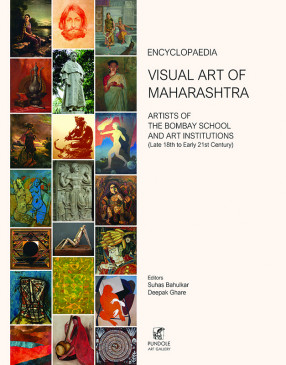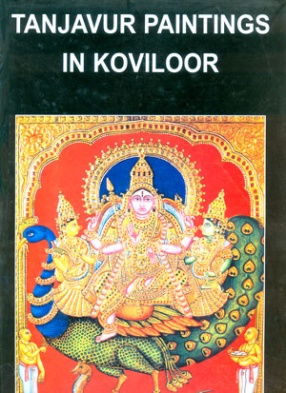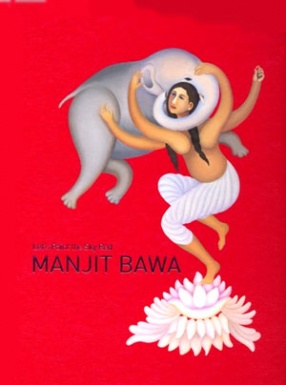Vanished and Vanishing Wall Paintings of Punjab and Haryana
The murals in this volume, ‘Vanished and Vanishing Wall Paintings of Punjab and Haryana’, draw heavily from Hindu mythology, religious literature, Puranas, epics, Krishna cult, Hindu festivals, customs, ceremonies and practices. Besides historical personalities, patrons, deities, saints, pirs and fakirs, samadhs, dargahs and temples are also depicted. The wall paintings at Baba Jamla Shah Pir Purnia’s dargah in Kapurthala’s Darvesh village is noteworthy.
It is surprising, however, to see the depiction of native soldiers and British officers on the walls of Jain Shwetambar Temple at Ambala city as well as in the Fort of Manimajra, Chandigarh. These paintings are a by-product of the Europeanisation of the native army after the advent of British to north India and the annexation of Punjab in 1849. The recruitment and training of native soldiers by the British officers was a new chapter in Indian history. Maharaja Ranjit Singh even had a special battalion trained by the European officers in his army.
The artists endeavoured to work on different themes by combining history (largely undocumented), mythology, folklore and religion that has enriched Indian culture. We have to keep in mind that their engagement with the murals did not begin and end with historical themes, personalities and myths. It also nurtured a phalanx of revival and synthesis of the Indian culture.
This book is a welcome addition to the field of Indian wall paintings. This volume contains hundreds of photographs collected by the author during his long research carried out in the present-day Punjab and Haryana. Dr Kanwarjit Singh Kang, qualified in the areas of arts and history, is well acquainted with the study of murals. However, in the absence of any script or captions to each mural, it is sometimes difficult for the reader to identify the motif, figure and theme of the mural.
Get it now and save 10%
BECOME A MEMBER







Bibliographic information